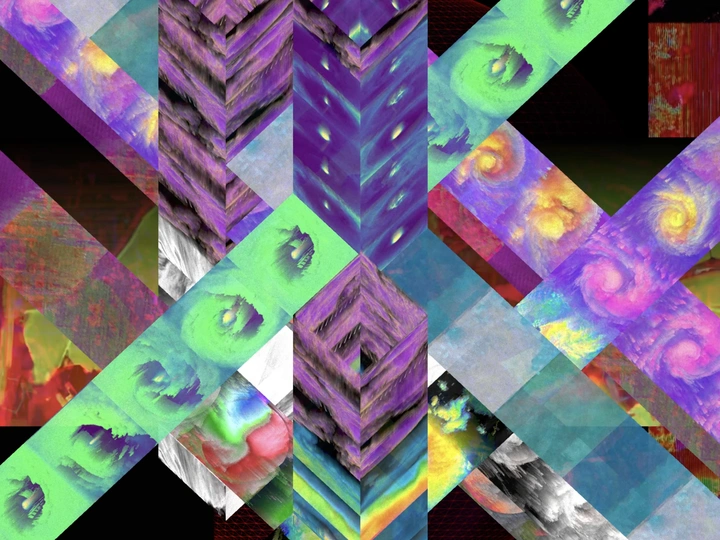Counter-Model: A Computational Aesthetic Practice

Lucia Rebolino is an architect and research-based computational designer working at Forensic Architecture in London, where she focuses on environmental justice investigations through cartography and satellite analysis. With a background in architecture and a transition into computer science, she approaches environmental research through a spatial lens, using data as an extension of her thinking.
In 2024, she published Unpredictable Atmosphere with e-flux Architecture, a piece that evolved into an installation at the 2025 Venice Architecture Biennale and was later presented at MediaLab Matadero Madrid and Screen Walk, an initiative by The Photographers’ Gallery and Fotomuseum Winterthur in Zurich.
She was a Teaching Associate in the MSc in Computational Design Practices at Columbia University GSAPP in New York and there collaborated with the Center for Spatial Research, exploring how computational methods can mediate between different design practices. Since 2024, she has also worked as a cartographer and researcher with the Institute of Contemporary Art (IZK) at TU Graz.
Lucia sees academia as a space to unfold critical thinking through teaching and experimentation. Her lectures and workshops have included invitations from the Architectural Association, TU Delft, The Bartlett, ETH Zurich, and Politecnico di Torino and Milano, among others. She is particularly interested in developing new design research models that operate across digital and physical spaces—crumbling conventions into new forms of academia.
This proposal explores climate modeling as a critical spatial and aesthetic practice, asking how digital tools and computational infrastructures shape the atmosphere as an architectural object—holding a geological record of its transformation and sedimenting the traces of technological residue. Rooted in architecture and extended through digital media and environmental research, the work traces the shift from human sky observation to machinic systems—satellites, sensors, AI, and supercomputers—that now monitor the atmosphere. It examines how these infrastructures formalize the world through models, and how those models, in turn, shape the very systems they aim to represent.
While often framed as purely scientific, climate prediction depends on concepts like “scale” and “model”—deeply embedded in architectural and design culture. This project proposes a counter-modeling approach that treats models not just as technical instruments, but as aesthetic, epistemological, and political objects. It interrogates climate, financial, and computational modeling as interconnected architectures of prediction and control, and embraces uncertainty as a site of creative resistance.
I initiated this research out of a deep interest in the interstitial space between technological development and the climate crisis—specifically how technologies like radio waves, sensing systems, and synthetic intelligence interfere with how we map, perceive, and predict atmospheric phenomena. Developed first through writing and academic essays, this work has since evolved into installations presented in both digital and physical forms.
This proposal envisions a collective lab of counter-modeling—a space for spatial practice, conceptualization, and critique. Positioned between scientific and architectural research, it seeks to open new ways of modeling and visualizing planetary systems—where uncertainty becomes method, and digital aesthetics a tool for rethinking the architectures of prediction.